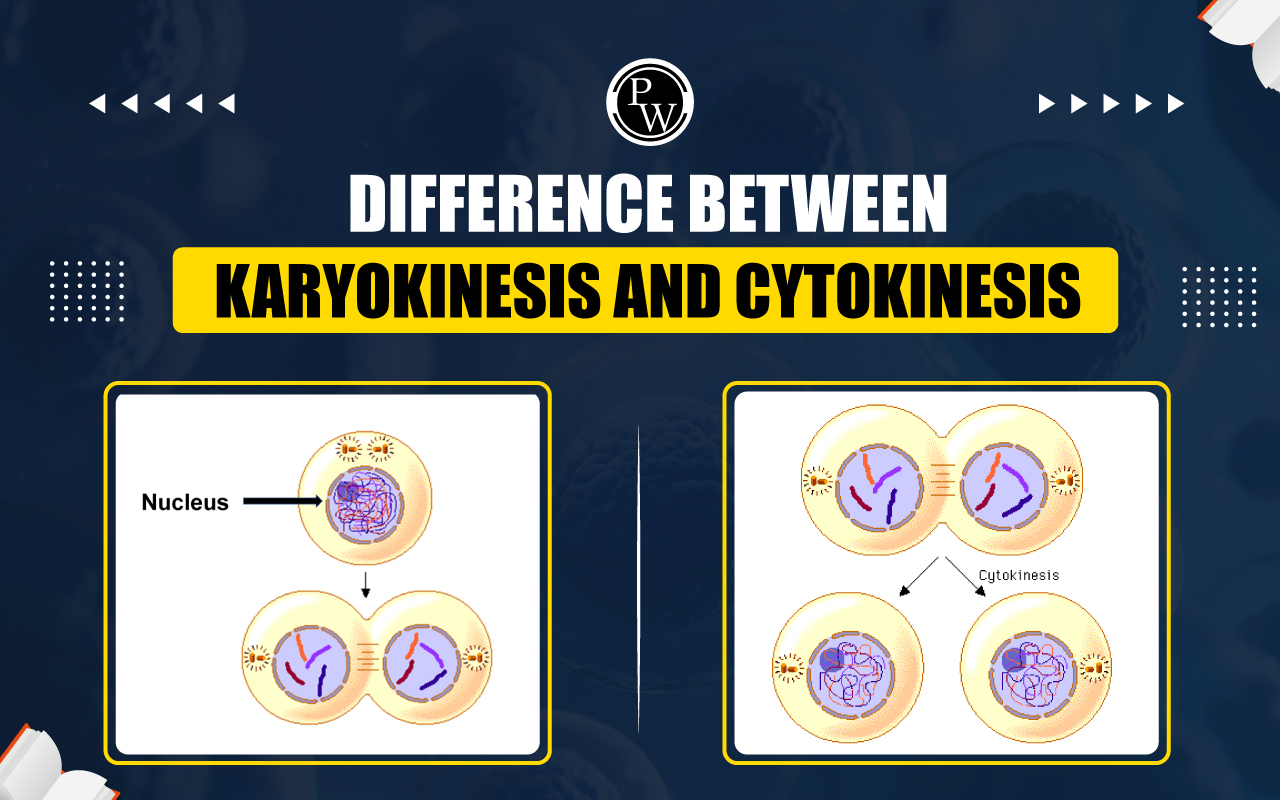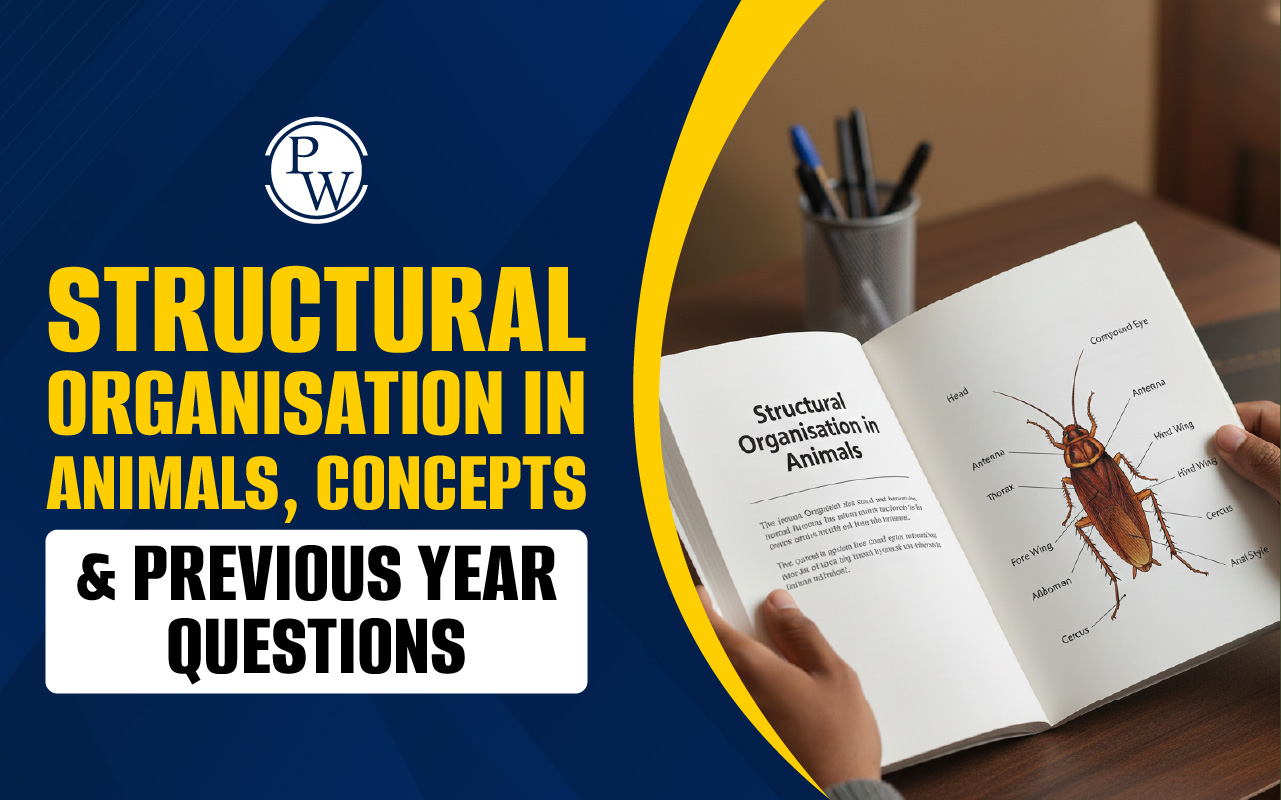

Difference Between Karyokinesis and Cytokinesis Overview
Karyokinesis is the division of the nucleus during cell division, in which replicated chromosomes are distributed among two daughter nuclei. Cytokinesis, on the other hand, is the division of the cell's cytoplasm that occurs after the chromosomes are evenly distributed between the daughter cells. Furrowing is the process by which cytoplasm divides. Both karyokinesis and cytokinesis are necessary processes for cell division. Karyokinesis targets the nucleus, the cellular organelle that contains DNA, the genetic material that determines cell characteristics. It involves the division of the nucleus into two distinct nuclei. Meanwhile, cytokinesis focuses on dividing the cytoplasm, a cellular organelle that contains essential proteins and molecules required for cellular function. This process results in the formation of two separate cytoplasms. Both karyokinesis and cytokinesis are imperative for complete cell division. While karyokinesis facilitates nucleus division, cytokinesis ensures the division of the cytoplasm. Both processes are integral components of mitosis, the cellular division process in animals. The detailed difference between karyokinesis and cytokinesis is provided in this article.Difference Between Karyokinesis and Cytokinesis
Karyokinesis and Cytokinesis are two stages in cell division. Karyokinesis, which occurs during the M phase of the cell cycle, involves nucleus division, ensuring an even distribution of genetic material, and the separation of daughter nuclei from a daughter chromosome. Regardless of cytokinesis, this first step is very important for genetic integrity. Cytokinesis, which occurs in the M phase after karyokinesis, is critical for mitosis completion. Cytoplasm division occurs when cellular organelles and cytoplasm are divided between the two emerging daughter cells. Cytokinesis is dependent on previous karyokinesis to proceed, ensuring successful cell division and the production of two genetically identical daughter cells. The table below shows the detailed difference between karyokinesis and cytokinesis:| Difference Between Karyokinesis And Cytokinesis | ||
|---|---|---|
| Category | Karyokinesis | Cytokinesis |
| Definition | Refers to cell division during mitosis, ensuring genetic material separation. | Marks cell division conclusion, finalizing reproductive process after meiosis. |
| Order | Initiates cell division as primary stage. | Follows karyokinesis, dividing cytoplasm as subsequent stage. |
| Significance | Vital for cell regeneration and renewal post-division. | Indispensable for completing cell division, driven by daughter cell nuclei. |
| Procedure | Equally distributes genetic material between daughter cells. | Equitably distributes cellular substances and cytoplasm. |
| Function | Orchestrates chromosomal movement and spindle formation. | Includes processes like cell plate development and embryonic cleavage. |
| Complexity | Involves complex and sequential genetic material division. | Represents relatively straightforward process facilitating cell division. |
| Varieties | Does not exhibit distinct types. | It can be asymmetrical or symmetric, depending on how the cellular components are distributed. |
Karyokinesis
Karyokinesis, the initial phase of mitosis, comprises several stages: Prophase, Prometaphase, Metaphase, Anaphase, and Telophase. The term "karyokinesis" originates from the Greek words "karyon," meaning nucleus, and "kinesis," meaning division, denoting the process of nucleus division into two daughter cells.Cytokinesis
After mitosis, the next stage is known as cytokinesis, which is the second and final phase of cell division. The term "cyto" refers to the "cytoplasm," whereas "kinesis" means "division," indicating the equitable division of cytoplasm into two daughter cells. It is important to note that cytokinesis differs between plant and animal cells. animal cells. The stages of cytokinesis are as follows:Difference Between Karyokinesis and Cytokinesis FAQs
What is the difference between karyokinesis and cytokinesis?
Cytokinesis is about dividing the cytoplasm of a cell, while karyokinesis is all about splitting the nucleus. During cytokinesis, the cytoplasm and other bits inside the cell are divided and shared between new cells.
Why is karyokinesis and cytokinesis important?
Karyokinesis is crucial because it helps in making new cells and fixing old ones. Meanwhile, cytokinesis is necessary for splitting the cell into two new ones. Both processes ensure everything gets divided up evenly so that each new cell has what it needs to function.
What's the biggest difference between mitosis and cytokinesis?
Mitosis is when a cell splits into two, while cytokinesis is just one part of that process where the cell's insides are divided. So, mitosis is like the big picture of cell division, and cytokinesis is just one step in that big picture.
Which phase of the cell cycle is longest?
The longest part is known as interphase. This is when the cell divides and replicates its DNA. Following interphase, the cell is ready for mitosis, in which its chromosomes align and split to form new cells.
What are the four steps of karyokinesis?
Karyokinesis, also known as mitosis, has four main stages: prophase, metaphase, anaphase, and telophase. Each stage has its own job in splitting up the cell's nucleus and making new cells.
Talk to a counsellorHave doubts? Our support team will be happy to assist you!

Free Learning Resources
PW Books
Notes (Class 10-12)
PW Study Materials
Notes (Class 6-9)
Ncert Solutions
Govt Exams
Class 6th to 12th Online Courses
Govt Job Exams Courses
UPSC Coaching
Defence Exam Coaching
Gate Exam Coaching
Other Exams
Know about Physics Wallah
Physics Wallah is an Indian edtech platform that provides accessible & comprehensive learning experiences to students from Class 6th to postgraduate level. We also provide extensive NCERT solutions, sample paper, NEET, JEE Mains, BITSAT previous year papers & more such resources to students. Physics Wallah also caters to over 3.5 million registered students and over 78 lakh+ Youtube subscribers with 4.8 rating on its app.
We Stand Out because
We provide students with intensive courses with India’s qualified & experienced faculties & mentors. PW strives to make the learning experience comprehensive and accessible for students of all sections of society. We believe in empowering every single student who couldn't dream of a good career in engineering and medical field earlier.
Our Key Focus Areas
Physics Wallah's main focus is to make the learning experience as economical as possible for all students. With our affordable courses like Lakshya, Udaan and Arjuna and many others, we have been able to provide a platform for lakhs of aspirants. From providing Chemistry, Maths, Physics formula to giving e-books of eminent authors like RD Sharma, RS Aggarwal and Lakhmir Singh, PW focuses on every single student's need for preparation.
What Makes Us Different
Physics Wallah strives to develop a comprehensive pedagogical structure for students, where they get a state-of-the-art learning experience with study material and resources. Apart from catering students preparing for JEE Mains and NEET, PW also provides study material for each state board like Uttar Pradesh, Bihar, and others
Copyright © 2025 Physicswallah Limited All rights reserved.
Get App











